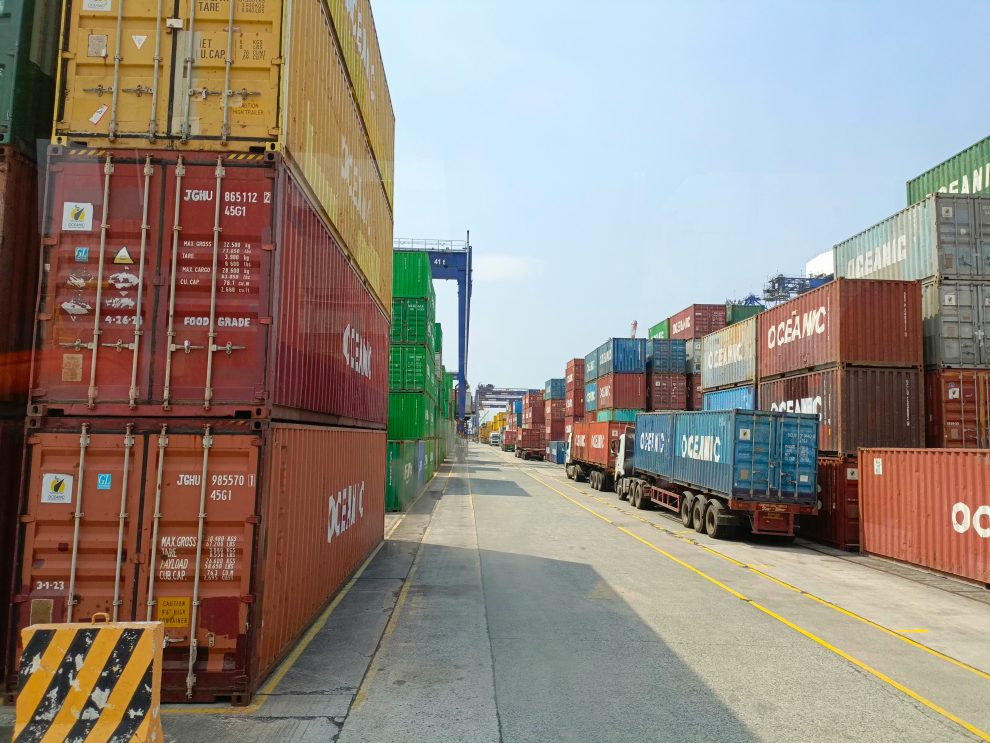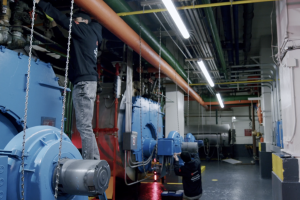Over the last 20 months, the United States economy has been adjusting to the current administration’s tariff program. Tariffs have been invoked under section 232 of the 1962 Trade Expansion Act, the Trade Act of 1974 and the 1977 International Economic Emergency Powers Act. Tariff s on goods coming into the United States have ranged from 10% to 50%. However, the tariff s’ full effect is now beginning to impact businesses and consumers, including companies and individuals engaged in construction projects, such as home improvements.
The legal landscape for these tariffs remains unsettled. Presently, the Reciprocal Tariff s and the Fentanyl Tariffs are under the 1977 International Economic Emergency Powers Act (IEEPA). The IEEPA tariffs, as imposed by the current administration, have been ruled unconstitutional by the Court of International Trade (CIT) on May 25, 2025. The CIT’s ruling, except as to the remedy, was upheld by a majority of the judges for the United States Federal Circuit Court of Appeals on August 29, 2025.
The Supreme Court agreed to hear the administration’s appeal of this case and a related case on September 9, 2025. Oral argument is scheduled for the first week in November 2025. Pending appeals, the CIT and Federal Circuit decisions are stayed.
If the Supreme Court upholds the Federal Circuit’s decision, which would void all the Reciprocal Tariffs, some Fentanyl Tariffs could return under the Trade Act of 1974, except with limits on the amount and duration of the tariff. Whether the Canadian Fentanyl Tariffs would survive at all is yet another question that the CIT would have to resolve in the first instance.
Against this backdrop, we need to examine the financial issues confronting cooperative and condominium buildings and unit owners arising out of the tariffs.
The full impact of the Reciprocal and Fentanyl Tariffs is just now being reflected in price increases. Prices of goods made with metal, such as washing machines, steel or aluminum windows, doors, dishwashers, piping, valves, trucks and cars are increasing. Small appliances, electronics, women’s clothing, cell phones and coffee are also impacted.
The price increases are still filtering through, but even now, they are likely the cause of the August 2025 inflation. Core goods were up by 0.28%, the highest inflation rate since May 2023. This will affect the construction cost for cooperative and condominium buildings. Prices will increase, and projects will cost more.
Delaying projects is an option but price increases are sticky. Even if the tariffs are voided, prices may not decrease much. This is partly due to a developing labor shortage. Approximately 20% of the U.S. construction labor force is undocumented. When the focus was on deporting the “criminal” element of the undocumented community, it did not impact the labor force. However, workplace raids have an adverse impact.
Estimates show that there were 14 million undocumented people in the United States in 2023, and since then, 1.2 million have left the country. Additionally, some people are leaving jobs to hide from ICE officials.
Buildings and their architects will have to be smarter to keep costs down. Delays may not be a good strategy. Suppose there is evidence of deterioration, particularly on the exterior and roof of the building. In that case, the freeze-thaw cycle in New York winters and automobile exhaust can accelerate façade deterioration.
Routine maintenance and investigation of advanced materials and techniques may be more effective strategies. Roof maintenance, particularly maintaining flashing and counterflashing at the parapets, walls and drains, may prolong the life of a roof. Newly developed roof materials applied to the membrane may prolong roof life.
Brick façade repair costs are more difficult to control. One strategy that could (and should) be employed is to perform the work from terraces, even terraces used by a single unit. Boards can typically use these terraces for building repairs, as allowed by the offering plans. This approach is less costly than scaffolding and protects the unit interiors. It also enables spot repairs to be made before more extensive work is needed.
Windows, particularly steel and aluminum ones, will be more expensive. However, maintaining window caulking may help prolong window life. If windows must be replaced, seek out sustainable windows that are energy efficient and capable of passive ventilation. Over time, more effi ient windows will reduce heat and air conditioning operating costs.
This column presents a general discussion. This column does not provide legal advice. Please consult your attorney for specific legal advice.
Carol A. Sigmond
Partner
Greenspoon Marder LLP
1345 Avenue of the Americas, Suite 2200
New York, NY 10105
carol.sigmond@gmlaw.com
(212)524-5074























